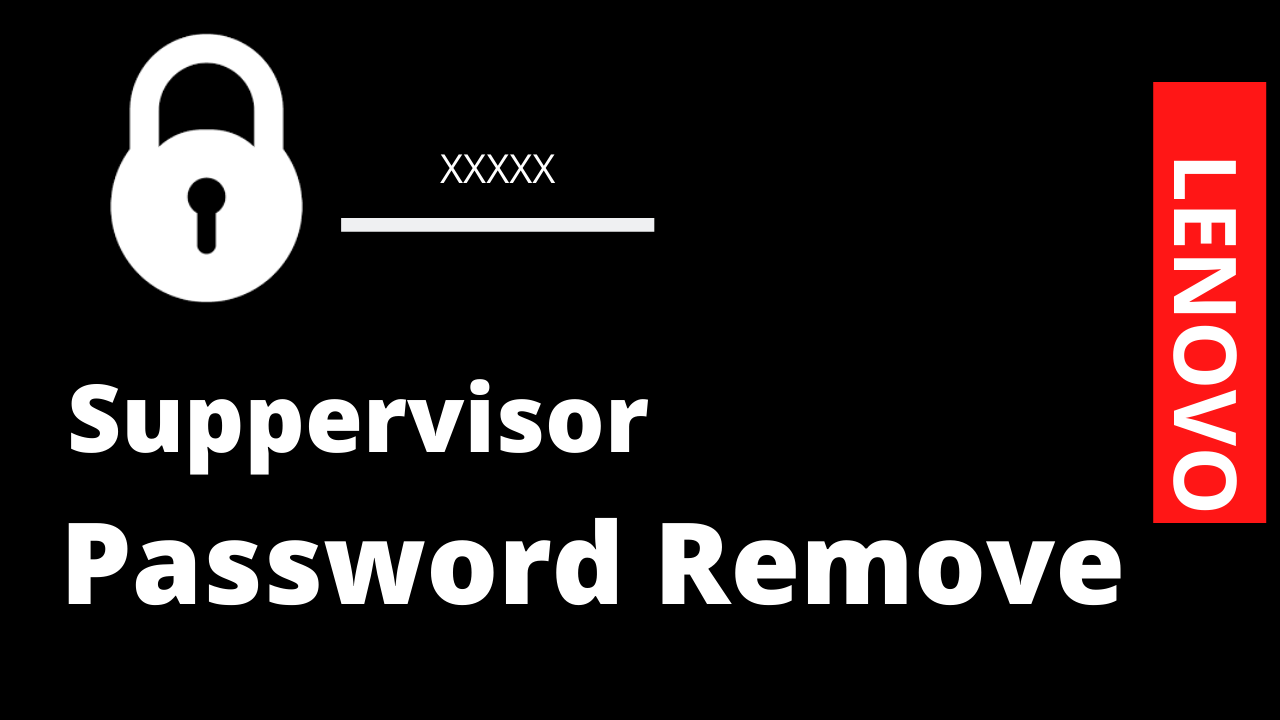

Bypass bios password lenovo manual#
You can determine whether your system is BIOS or UEFI based by checking specifications or the user manual to see if it supports UEFI boot. BIOS based systems will be the easiest to bypass, while UEFI based systems may require a few goes before you succeed. BIOS based systems seem to read the password from the EEPROM after the user pushes the ENTER key after entering the password, while UEFI based systems seem to read all the configuration required from EEPROM into memory right after the power is turned on. The procedure seems to be slightly different for BIOS and UEFI systems.

We can simply short the SCL and SDA pins together with a conductor such as a flat head screwdriver or a paperclip. Note that tying SCL or SDA to Ground or Vcc will cause the BIOS to hang, as transitions between low and high are part of the I 2C protocol. We can conveniently tie both the SCL and SDA pins together in order to achieve what we want. This should fool the BIOS into thinking there is no password set. We want to ensure that the only data that gets read out is NULL.
Bypass bios password lenovo serial#
The serial clock and data pins are open-drain and are grounded in a specific order for communication to occur. The BIOS communicates with the serial EEPROM through a bus called I 2C. Step 4: Ensure the BIOS reads NULL from the EEPROM when checking the password Pin 1 can be identified by the dot/circle etched next to it (some packages may have a semicircle etched on the edge between pins 1 and 8) and the pins are numbered anticlockwise. On most 8-pin packages, the SDA and SCL pins are on pins 5 and 6 respectively. Step 3: Find a datasheet and/or locate the SLC and SDA pins Also, if you find results for serial flash chips with a capacity of a few hundred K (Kilobits) or a few M (Megabits), chances are that you have found the chip the Embedded Controller or BIOS/UEFI is stored in. Due to the small packages of these chips, the characters marked on the chip may not be the model number of the chip and may be an abbreviation. One with results for a serial EEPROM would indicate the correct chip. To confirm what chip you have, simply read the characters off the chip and Google it. You are looking for an 8-pin Serial EEPROM chip, though it can come in a 5 pin SOT-23 package.

Most Lenovo laptops have the EEPROM on the other side of the mainboard (the keyboard side).

You will probably need to remove the entire back/base of the laptop or even get to the other side of the mainboard. Chances are that you won't find the EEPROM behind the exposed parts behind the back cover. Start by removing the back cover of your laptop.


 0 kommentar(er)
0 kommentar(er)
